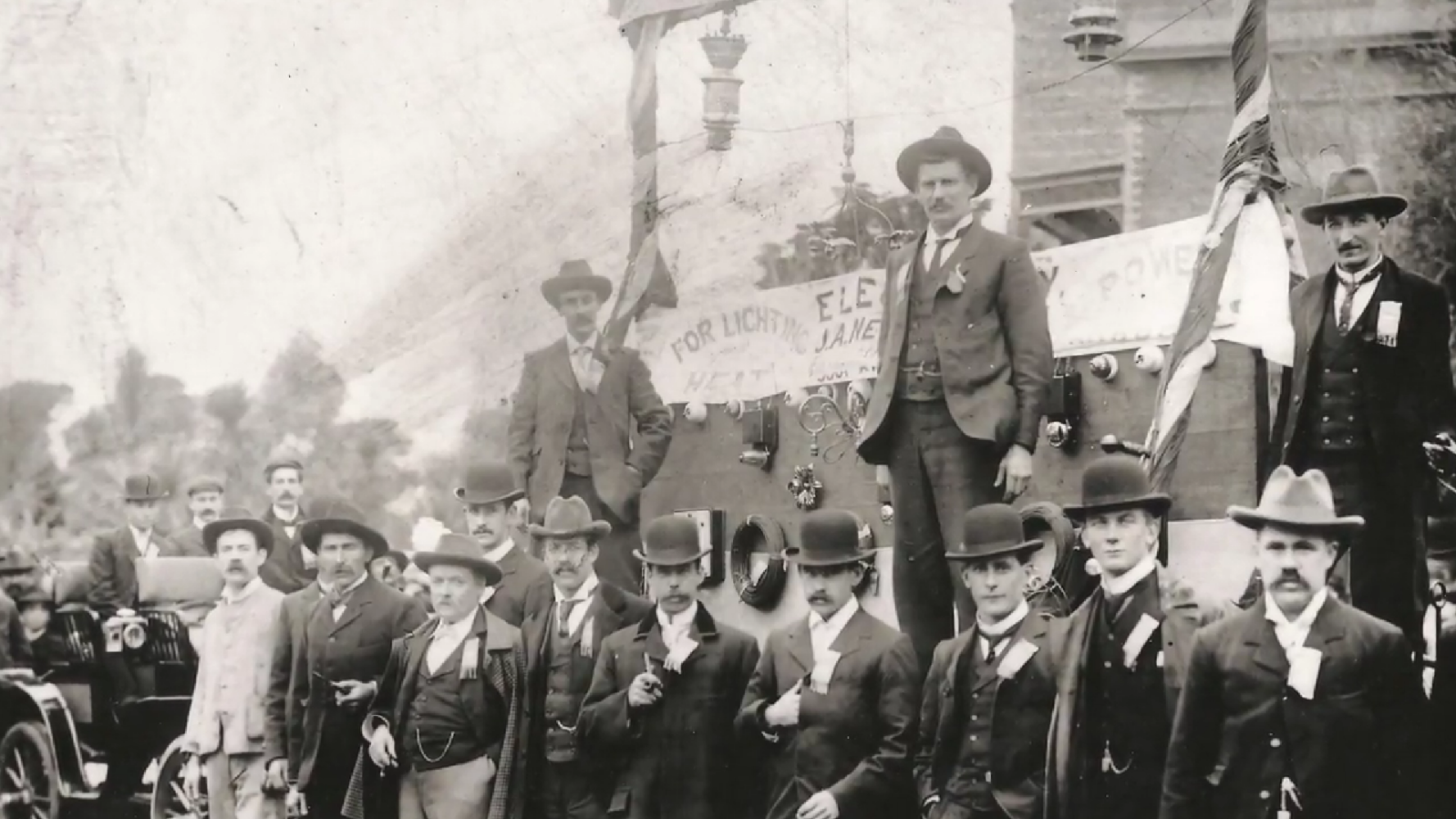1800s: The Dawn of Electricity in Melbourne
- 1867: Introduction of electricity in Melbourne.
- 1877: Apollo Stearine Candle Company first to use electric lighting for night work.
- 1879: First night football game under electric lights at MCG.
- 1882: Widespread use of arc lamps in public spaces.
- Late 1800s: Rapid growth in electricity supply companies and infrastructure.
1900s: Formation of the Electrical Employees Association
- Early 1900s: Formation of the Electrical Employees Association.
- 1902: Official establishment of the union.
- 1908: Transition to the Electrical Trades Union (ETU) of Victoria.
- 1910: Focus on safety and licensing in the electrical trade.
1910s: Establishment of Electrical Wages Boards
- 1912: ETU becomes a national union.
- 1917: Albert Henderson becomes Secretary, a position he holds for 41 years.
- 1918: Licensing becomes mandatory for electrical work.
1920s: Licensing and Apprenticeship Developments
- 1923: ETU sets up a sub-branch in Morwell.
- 1927: Electrical trades recognized as apprenticeship trades.
1930s: The Great Depression and Political Actions
- 1930: Temporary disaffiliation from the ALP.
- 1934: Licensing requirement for Electrical Contractors introduced.
1940s: World War II and Industrial Developments
- 1946: ETU Secretary appointed as a commissioner of the SEC.
- Late 1940s: Tensions over the 40-hour workweek.
1950s: Growth and Industrial Changes
- 1950s: Membership growth and industrial leadership in wage negotiations.
1960s: Industrial Action and Special Class Recognition
- 1960s: Focus on industrial action and recognition of Electrical Special Class.
1970s: Union Leadership and Industry Disputes
- 1970s: Leadership changes and disputes in the power industry.
1980s: Restructuring and Fight Against Amalgamations
- 1980s: Resistance to union amalgamations and focus on licensing and workplace safety.
1990s: Amalgamation and Enterprise Agreements
- 1990s: Amalgamation to form CPEU and introduction of enterprise agreements.
2000-2020: Adapting to Change and Community Involvement
- 2000s: Focus on adapting to new industrial relations landscapes and community involvement.
- 2016: Establishment of Futuretech, a TAFE trade training campus.
- 2019: Creation of the Centre for U, offering various member services.



